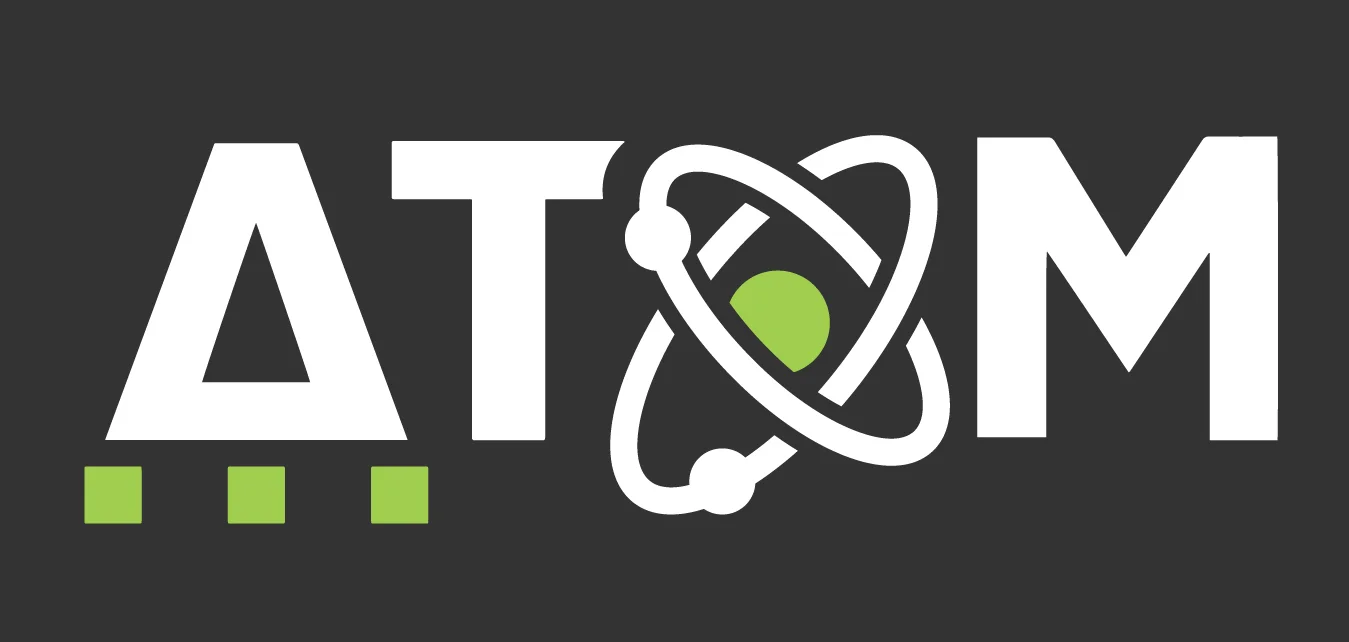Before toking up and taking off on the road, think twice.
Ever since Canada announced the legalization of cannabis (October 2018), the federal government has imposed strict THC limits for drivers. Here’s the lowdown.
The legal limit of THC is two nanograms per milliliter of blood, and a series of legal ramifications have been established based on how much THC is in a person’s system while driving (aka per se limits).
Incidentally, there is no evidence linking these THC levels and per se limits to impairment. Say what?
This has left many people confused, especially given the fact that each individual can have a unique physiological response to cannabis. The government is also well aware of this:
“Establishing a drug per se limit does not imply all drivers below this limit are not impaired and all drivers above this limit are impaired.” – Department of Justice
All we really know is that THC can and does impair the ability to operate a motor vehicle.
Here are the new federal offenses under Bill C-46 for DUI charges:
- Having between two and five ng of THC per ml of blood within two hours of driving results in a $1,000 fine.
- Having five or more ng per ml of blood within two hours of driving could be considered a summary or indictable offense, punishable by a fine of $1,000 on the lower end to a maximum of ten years in jail for repeat offenders.
- Both booze and THC – when found in combination in your system (50 mg or more of alcohol per 100 ml of blood plus 2.5 ng or more of THC per ml of blood) would be a hybrid offense (indictable or summary) and would again be punishable by a fine of $1,000 on the lower end to a maximum of ten years in jail for repeat offenders.
What about edibles?
Cannabis edibles release slowly and take up to two hours to do their magic. Since they typically don’t trigger an immediate high, you might not really “feel it” right after consuming a pot brownie or THC jelly. But the same laws and rules apply, regardless of how you get high.

Many provinces have established their own penalties for weed-impaired driving, such as automatic drivers’ license suspensions and vehicle impoundments if a person fails a roadside test.
A roadside test could mean a standardized field sobriety test – a set of three tasks a driver must complete – or an oral fluid test, which tests saliva to determine if a person has recently consumed cannabis.
Some experts and studies claim the waiting period to drive should be anywhere from two to 12 hours after consuming cannabis (even if effects don’t necessarily last that long).
Most of us probably couldn’t pinpoint when we hit the legal driving limit of THC. Also, THC can be detectable via blood in a person’s system for a month. A person’s fat content, metabolism, and the potency of the drug are all factors that could determine how long THC is detectable.
Overall, more research is needed to explore this area of legislation.
It is safe to assume that while high, we should plan to leave our keys in the fish bowl and enjoy the journey responsibly.
Other options*:
- Use a designated driver
- Take public transit
- Call an Uber, Lyft or taxi
- Stay at a friend’s
- Book an Airbnb or hotel
- Call a friend or family member for a rid
*Remember to plan ahead and follow current COVID-19 measures. It’s always safe to enjoy your high at home.




